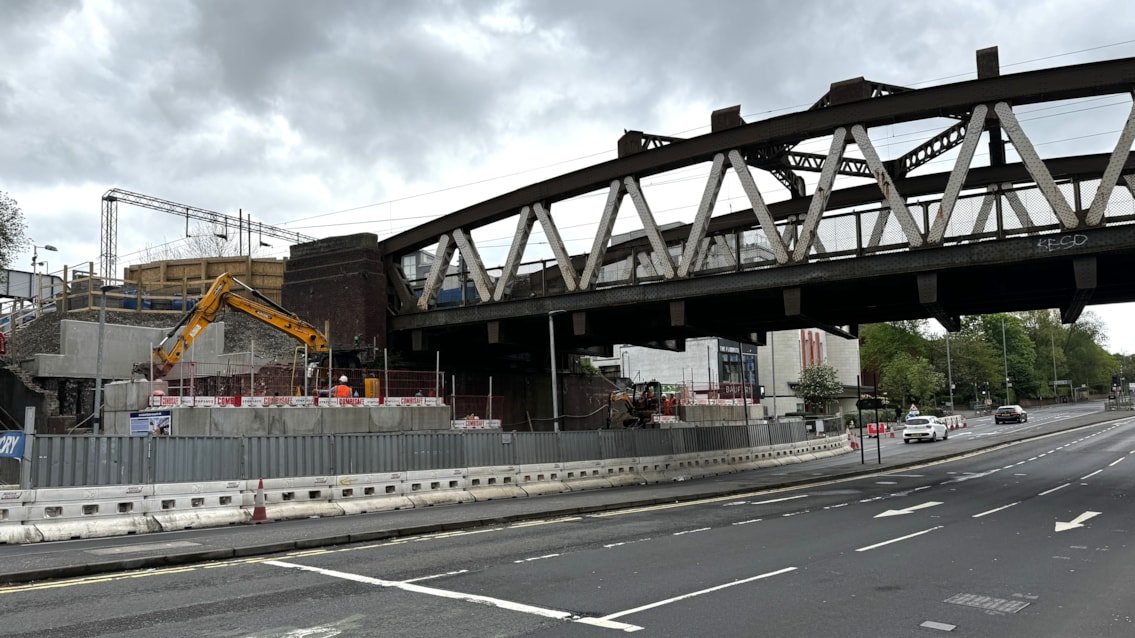When we think about infrastructure projects, one key aspect often overlooked is accessibility. Improving accessibility in infrastructure projects is crucial to ensuring that everyone, including people with disabilities, the elderly, and families with young children, can use public spaces safely and comfortably. In this article, we’ll discuss several strategies to enhance accessibility in our infrastructure developments.
Understanding the Importance of Accessibility
Improving accessibility in infrastructure projects is not just about compliance with regulations; it’s about creating environments that welcome all individuals. Accessible infrastructure promotes equality and inclusion. It allows everyone to participate fully in society, whether traveling to work, attending school, or enjoying public spaces. When we improve accessibility, we enhance the quality of life for all community members, fostering a sense of belonging.

Assessing Current Infrastructure
Before implementing changes, we need to assess existing infrastructure. Conducting an accessibility audit helps identify barriers that hinder access. This includes evaluating entrances, pathways, restrooms, and public transportation options. By recognizing these obstacles, we can prioritize which areas require immediate attention. Engaging with the community during this process can provide valuable insights into specific needs and challenges faced by individuals.
Incorporating Universal Design Principles
A great way to improve accessibility in infrastructure projects is to apply universal design principles. Universal design means creating spaces that are usable by everyone, regardless of age or ability. This approach emphasizes flexibility and ease of use. For example, ramps should be wide enough for wheelchairs, and doors should be easy to open for those with limited strength. By integrating these principles from the beginning, we can create more inclusive environments.
Enhancing Public Transportation
Public transportation plays a significant role in improving accessibility. Infrastructure projects should focus on making transit options accessible to all users. This includes ensuring that buses and trains have low floors for easy boarding, providing audio and visual announcements, and designing transit stations with elevators and clear signage. By improving public transportation, we enhance connectivity for individuals with mobility challenges and ensure they can travel freely throughout the community.
Improving Sidewalks and Pathways
Sidewalks and pathways are essential for pedestrian access. Improving these areas can significantly enhance accessibility in infrastructure projects. We should ensure that sidewalks are wide enough, well-maintained, and free of obstacles. Additionally, installing tactile paving can help individuals with visual impairments navigate public spaces safely. Incorporating benches and rest areas along pathways also provides necessary support for those who may need to take breaks during their journey.
Creating Accessible Restrooms
Accessible restrooms are another critical aspect of infrastructure projects. To improve accessibility, restrooms should be equipped with features such as grab bars, sufficient space for maneuvering, and accessible sinks and soap dispensers. It’s also essential to ensure that restrooms are easily identifiable and located within close proximity to public spaces. By prioritizing accessible facilities, we make it easier for everyone to enjoy public areas without concern for restroom access.
Utilizing Technology
Incorporating technology can significantly enhance accessibility in infrastructure projects. For instance, apps that provide real-time information about public transportation routes and schedules can help individuals plan their journeys more effectively. Additionally, digital wayfinding solutions can guide users through complex spaces, ensuring they find their destinations easily. By leveraging technology, we can make public spaces more navigable for everyone.
Training Staff and Community Awareness
Training staff and promoting community awareness are crucial for improving accessibility in infrastructure projects. Staff members should receive training on how to assist individuals with disabilities effectively. This can include understanding proper etiquette and knowing how to use accessibility features. Additionally, raising awareness about the importance of accessibility within the community fosters a more inclusive environment. Hosting workshops and events can help educate the public about the challenges faced by individuals with disabilities and encourage support for accessibility initiatives.
Engaging in Continuous Improvement
Accessibility should not be seen as a one-time effort but as an ongoing process. After implementing improvements, we need to regularly evaluate the effectiveness of these changes. Engaging with the community for feedback allows us to identify areas for further enhancement. By committing to continuous improvement, we can ensure that our infrastructure remains accessible as community needs evolve.
Conclusion
In conclusion, improving accessibility in infrastructure projects is vital for creating inclusive environments where everyone can thrive. By assessing current infrastructure, incorporating universal design principles, and enhancing public transportation, we can significantly increase accessibility. Additionally, creating accessible restrooms, utilizing technology, and training staff are essential steps in this process. As we strive for continuous improvement, we must engage the community and prioritize accessibility in all our infrastructure developments.




